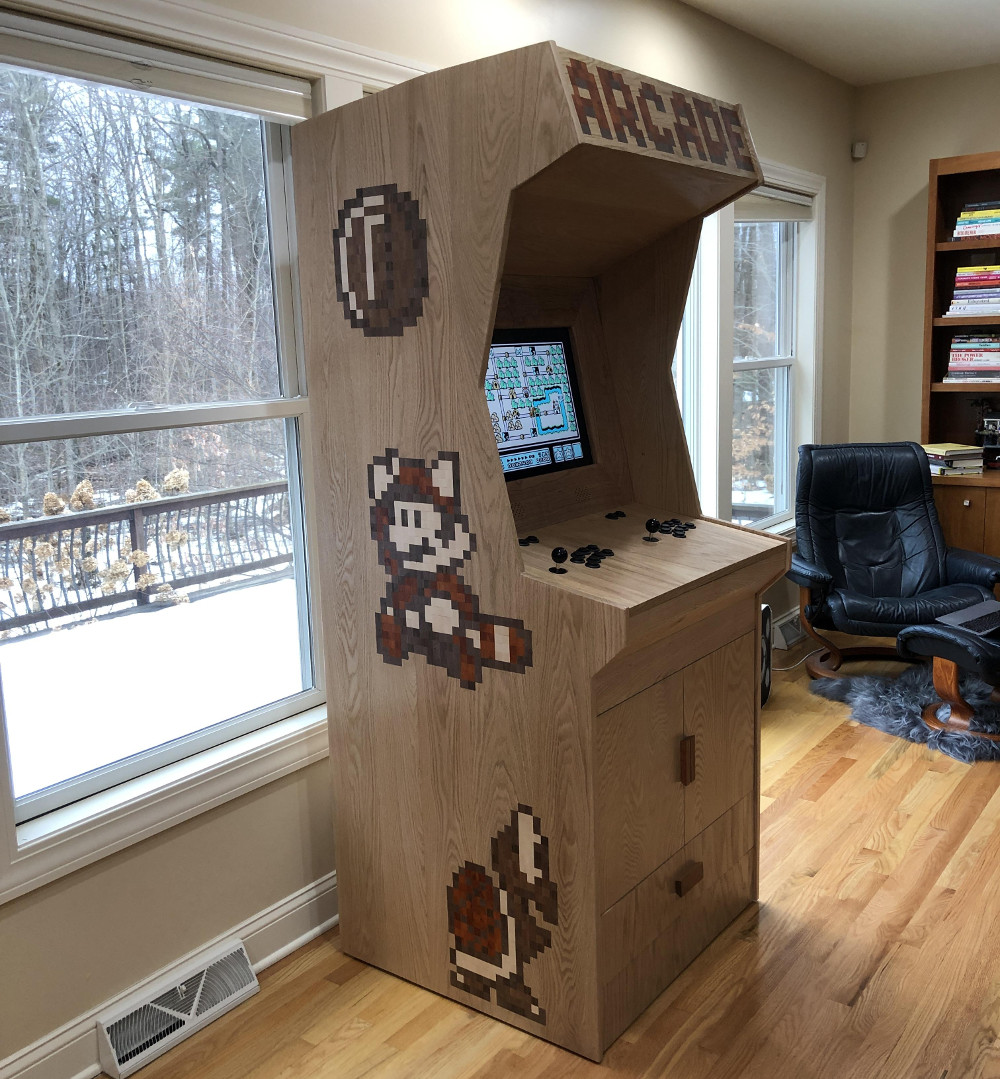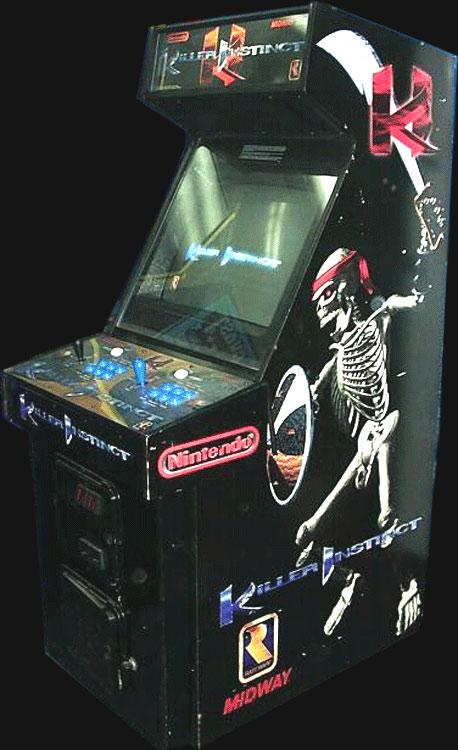

So… as I struggle with tweaking settings in my advmame.rc configuration file at the command line, trying to eke every last bit of processing power out of the Pi just so it can render simple early ’80s video games at full screen, I begin to wonder why, and whether or not it’s worth it.Ĭlearly my emulation dreams would be better served by powering my cabinet with a more robust PC. That would be cool - amazing, in fact - if I weren’t also mounting the Tankstick onto a full-size cabinet. I originally had visions of opening up my X-Arcade Tankstick and mounting the Raspberry Pi inside it. And if there’s any application where you can afford for your computer to be huge, it’s a full-size arcade cabinet.

The thing is… for some applications you don’t need a computer to be tiny. But the main thing you gain by sacrificing that power is its diminutive size. And for a lot of applications it doesn’t need to be.

Yes, I always knew it was not a powerful computer. I’ve come to realize that while the Raspberry Pi is unequivocally an awesome piece of technology - a complete computer that fits in an Altoids tin, runs on a cellphone charger, plugs into your TV and costs less than $50 - it’s not a powerful computer.

And while the risk of getting too far ahead of myself is there - I don’t keep copious notes, so by the time I write a blog post my own project is so far removed from the topic of that post that I may forget key details - the real threat to the project is coming from what I’m experiencing around my own “Part 8”: polishing the user experience. The blog series itself is stalled out after Part 3. That is, my own Raspberry Pi Arcade project is at the point of what I have planned as part 8 in the blog series. I’m currently at Part 8 of my Raspberry Pi Arcade project.


 0 kommentar(er)
0 kommentar(er)
